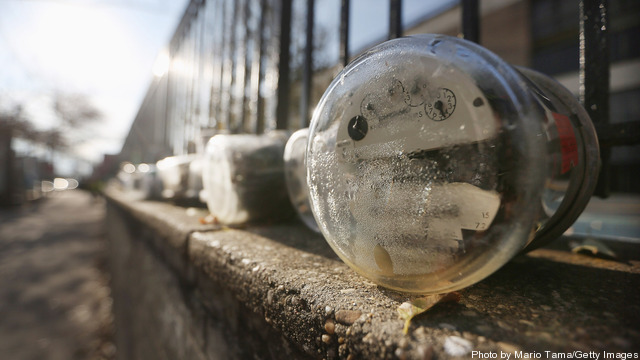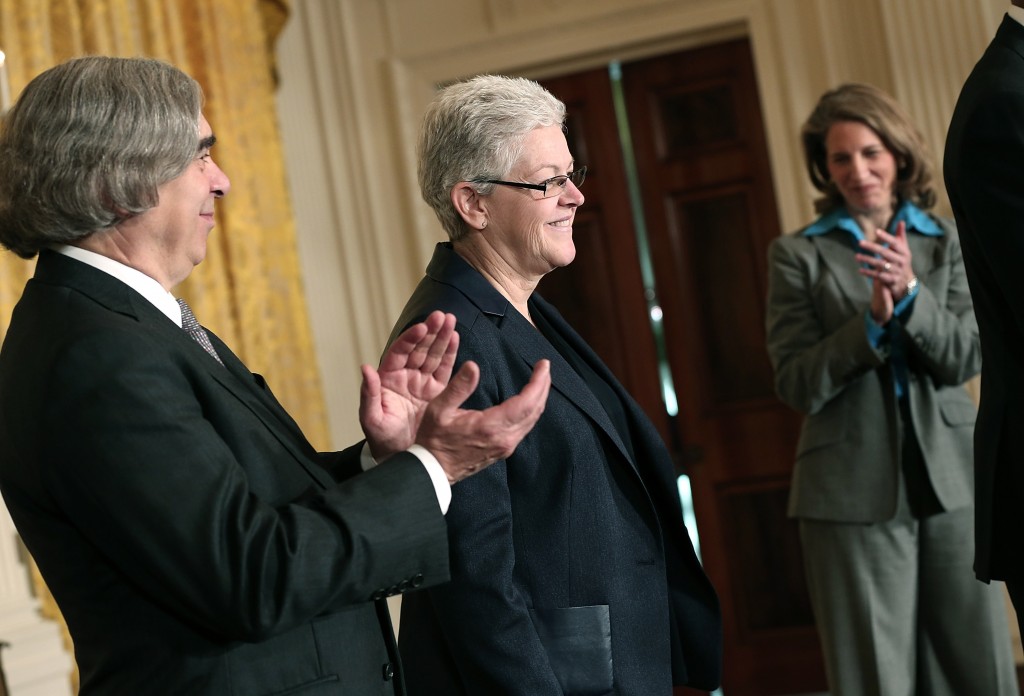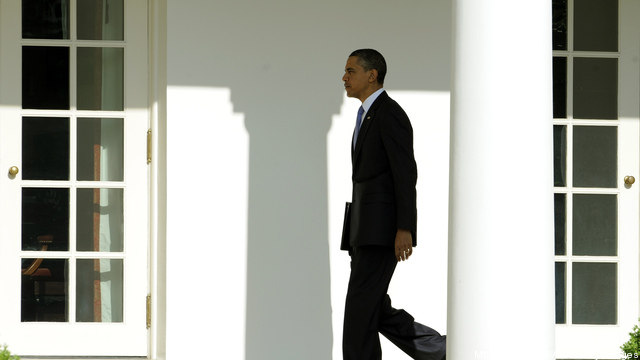Gina McCarthy has finally been confirmed by the Senate as Environmental Protection Agency Administrator. Environmentalists largely welcomed the news, while energy industry trade groups’ statements seem focused on avoiding “burdensome” regulations. Some groups seemed to react as much to the protracted confirmation process as to its culmination. Here is what they had to say. BlueGreen… Keep reading →
Edison Electric Institute
Sign up and get Breaking Energy news in your inbox.
We will never sell or share your information without your consent. See our privacy policy.Bypassing Congress, president outlines ambitious climate agenda Perhaps, like the rest of us, President Obama does most of his reading – and thinking – when he is away from the office on travel. Speaking in Berlin in June following the G8 summit – which may be characterized as a futile annual shindig in search of a… Keep reading →

Shareholder owned utilities are set to invest more than $1 billion each month in transmission projects in the US in 2013, with a planned total of $15.1 billion this year up from already-impressive $11 billion in total in 2011.
Transmission infrastructure shortfalls have been widely forecast for the entire US power sector, which last saw comprehensive buildouts decades ago. Since then, successive attempts to reform power markets have often been blamed for failing to create sufficient incentives for companies to invest in new needed power line upgrades. Keep reading →

The rise of the consumer as advocate, reviewer and influencer has been a byproduct of technology, but has also influenced the shape and pace of technology development as communications have improved and online reviews have proliferated. The community of enthusiasts around a product or a sector now have an outsized voice – through social media and other formats – in influencing the outcomes of the products they care most about.
Capturing the interest and imagination of the enthusiast community is part of what the electrical generation sector wants to do when it comes to electric vehicles, Edison Electric Institute senior vice president Brian Wolff told Breaking Energy in a recent interview. “There have been a lot of fits and starts with regard to the EV movement,” Wolff said in discussing a new platform the association has launched called The Electric Generation. Keep reading →

Some US utilities could have weathered Hurricane Sandy better than they did if they had invested in smart grid improvements such as smart-metering, outage management, and distribution management systems, a senior GE official said.
John McDonald, Director of Technical Strategy and Policy Development for GE Digital Energy, said utilities that have not yet installed the technology would have known about outages more quickly, been able to swiftly identify their locations, and been able to assign repair crews more efficiently if they had the enhancements in place. Keep reading →

To all of the superlatives attached to Superstorm Sandy, add power outages.
Ten million customers in 21 states lost power in the wake of the storm, by far the most in the history of the U.S. utility industry, and well in excess of the 7 million whose electricity got knocked out in Hurricane Irene in 2011, the storm with the second-biggest impact. Keep reading →

Innovations in the way electricity is created and delivered are already under way to transform the electricity system worldwide in the coming decade – and the innovations may be coming from surprising places.
“Other nations understand their success as nations depends almost entirely on their ability to electrify,” said Chris Hickman, CEO/President, Innovari, told GridWeek 2012 in Washington DC Oct. 2. Countries dealing with unreliable or insufficient power supplies are looking at distributed generating sources and microgrids in very different ways than the US does, he said. Keep reading →

Marshall Steam Station, just 30 miles from Charlotte, North Carolina, was the most efficient coal-fired power plant in the United States when it opened in 1966, and maintained its position as best in class until 1974.
The 2,000MW plant is a small part of Duke Energy’s 58,200MW fleet of electric power capacity,
which serves seven million customers in the Carolinas, Florida, Indiana, Kentucky and Ohio. Keep reading →

It all comes down to the price of natural gas.
Complying with pending mercury and ozone rules, and possibly carbon regulations, will mean replacing substantial amounts of coal capacity, mainly with natural gas, Dale Nesbitt, founder of Deloitte MarketPoint, told a Deloitte Center for Energy Solutions seminar in Washington July 18. Keep reading →

Anyone who thought economics was the dismal science should try civil engineering.
Despite more than a quarter of a trillion dollars in investment from 2001 to 2010 the US is still facing an enormous shortfall in electricity infrastructure. That decade was marked by higher spending on reliability in the years that followed the high-profile California blackouts and were interrupted by an equally notable New York City blackout. Keep reading →


